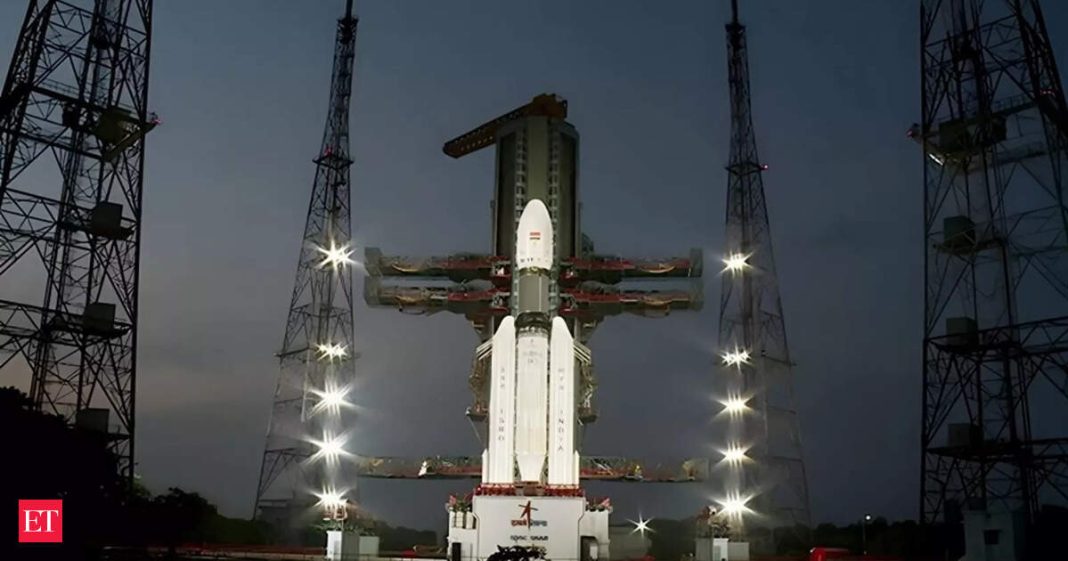ISRO’s ‘Bahubali’ Rocket Successfully Launches India’s Heaviest Home-Built Satellite
India’s space agency ISRO achieved another major milestone as its most powerful rocket, LVM3-M5, successfully launched the country’s heaviest indigenous communication satellite, CMS-03, into orbit from Sriharikota on Sunday.
Key Takeaways
- ISRO’s LVM3-M5 rocket launched CMS-03, India’s heaviest home-built communication satellite
- The 4,410-kg satellite will enhance telecom, internet and broadcasting services nationwide
- Mission marks India’s growing self-reliance in heavy satellite launch capabilities
The thunderous liftoff occurred at 5:26 PM IST from the Satish Dhawan Space Centre. The 43.5-meter tall rocket, nicknamed ‘Bahubali’ for its immense power, successfully placed the 4,410-kg CMS-03 satellite into Geosynchronous Transfer Orbit (GTO).
What Makes Bahubali Special
The LVM3 is India’s most powerful operational rocket with a lift-off mass of 642 tonnes. It can carry payloads of up to 4 tonnes to GTO and 8 tonnes to Low Earth Orbit.
The three-stage vehicle features:
- Two S200 solid boosters for initial thrust
- L110 liquid core stage with twin Vikas engines
- C25 cryogenic upper stage for final orbital insertion
This same rocket family powered India’s historic Chandrayaan-3 mission to the Moon’s south pole in 2023.
CMS-03: Boosting Digital Connectivity
The CMS-03 satellite will significantly strengthen India’s digital infrastructure by providing enhanced telecommunication, internet, and broadcasting services across the country and surrounding oceanic regions.
The satellite, built entirely in India, will support critical services including:
- Remote education and telemedicine
- Disaster management operations
- Maritime communication
The mission proceeded flawlessly, with the cryogenic stage cutting off 16 minutes after launch at approximately 175 km altitude. CMS-03 successfully separated from the upper stage, triggering celebrations at mission control.
Strategic Significance
This achievement positions India among the elite group of nations capable of independently launching heavy communication satellites. It reduces dependency on foreign launch providers like Europe’s Ariane-5, which previously carried Indian satellites such as GSAT-11.
The successful mission demonstrates India’s growing confidence in its space hardware ecosystem and enhances its competitiveness in the global commercial launch market. It represents a significant step forward for both the Digital India initiative and the country’s expanding space economy.
With this fifth successful operational flight, the LVM3 has firmly established itself as the workhorse of India’s heavy-lift space missions, marking another leap toward complete space independence.




